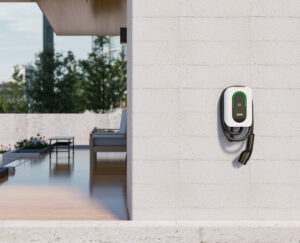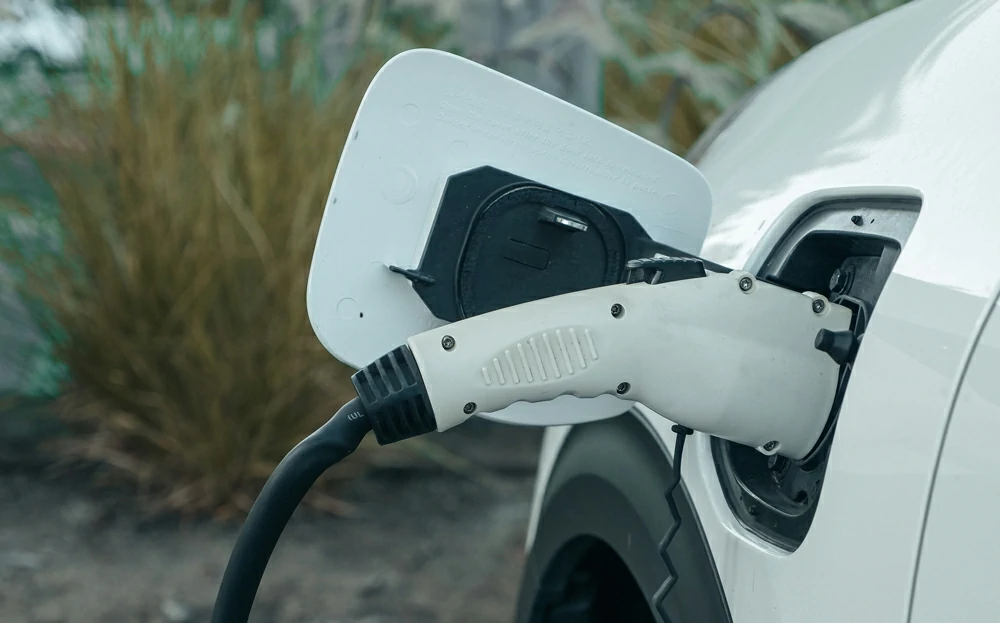
Vehicle-to-Grid (V2G): The Future of EV Charging and a Smarter Energy Grid
Vehicle-to-Grid technology is redefining the role of electric vehicles, turning them into dynamic energy assets that benefit drivers, utilities, and the planet.

EV charger, EV charging station, Level 1, 2, and 3 Chargers, DC Fast Chargers, and Charge Points are just a few of the names given to Electric Vehicle Supply Equipment. EVS consists of the Electric Charging components including components in the vehicle as well as the grid connections. Electric vehicles have electric motors powered by a battery pack. The main components of the EV charger include the following:
When it comes to the functionality of an EV charger, EV charger guns serve as an interface between the vehicle’s rechargeable battery and the charging device.

(Source: jointcharging.com)
Charging guns are usually portable, and their main component is the control box where the core technology of the device is located.
Additionally, there are a number of items located in the control box and related to the patent invention.
All car charging gun manufacturers are required to include over-voltage protection, output short-circuits protection, lightning protection, over-current protection, leakage protection s well as other forms of protection devices to the products to enhance the safety of users.
Charging guns for each charging type are designed to accommodate the different amounts of power, voltage, as well as current levels.
There are 11 types of charging guns in the world at the moment (six charging guns for alternating current and five for direct current). Due to this, you will find different charge guns with different aspects, particularly since they are manufactured in different countries. To help counter this problem, there are four types of charging protocols or charging methods worldwide that utilize the existing EVCs and EVs for the charging process.
These charging protocols are CHArge de move (CHAdeMO), TESLA, GB/T, and combined charging system (CCS). The countries of origin for these protocols are the United States, Japan, Europe, and China.

(Source: jointcharging.com)
The main purpose of a relay in an EV charger is to switch energy to the electric vehicle. In practice, several relays are used within a charging system to connect vehicles to a charger or isolate it from the charger as well as to enhance safety by managing possible hazard conditions, including creepage currents or ground faults.
A control module inside the electric vehicle supply equipment manages the main relay, making sure that it is not triggered until some of the safety conditions are met. Once the conditions are established, the main relay will switch the power to high-voltage terminals of the charging cable, thus initiating the charging cycle.
Often the charging cable connectors will have an electronic or mechanical latch, which when disengaged, results in the control module to de-active the main relay. As result, it stops the arcing at the terminals when the cable connector is unplugged or plugged at the charging port.
A lot of consideration must go into choosing the right relay for electric vehicle supply equipment (EVSE). For instance, relays must be able to endure high short circuit and inrush currents as well as high voltage surges of more than 10kV. High power currents must be tolerated for sustained periods of time and the equipment must be capable of continually switching high voltages.
If you are using Level ½ chargers, your relays must be able to withstand 16A at 250V AC. Ad advanced level 3 chargers they must be capable of handling 32A at 380V AC.
For safety purposes, the main relay should be open so that the power to the vehicle is cut off instantly in case the charger fails.

(Source: jointcharging.com)
These two components form an important part of the EV charging system and are essential for setting up an EV charging station.
According to the use environment of the charger, the enclosure protection level standard is outdoor IP54 and indoor IP32. So when undertaking charger design, it is important to make the protection design as per the use of the EV charger.
IP in the protection level means Ingress Protection and it rates the level of protection the casing offers against foreign intrusions.

(Source: evfiresafe.com)
Also called Electric Vehicle Battery or EVB, traction battery park is what powers the vehicle’s electric motors.
It is simply the electric storage system of the vehicle since it stores electricity in the form of a Direct Current. It is rechargeable so as to store and supply power to the vehicle’s electric motor quickly.
The battery pack consists of battery cells, which form modules, which form a battery pack. Battery cells can be prismatic, cylindrical, or pouch lithium batteries.
EV charger batteries consist of numerous cells, and as a rule of thumb, the larger the number of cells the larger the capacity of the battery, which means the longer range the vehicle can travel.
Although the majority of cars use lithium-ion batteries, their hybrid counterparts use nickel-metal hydride batteries. This is due to the long life cycles, resistance to misuse, and general safety.

(Source: ev-solve.com)
Software is an important part of EV chargers and it helps charge station operators as well as electric vehicle providers to manage electric vehicle charging stations and their drivers. The software can be mobile-based or web-based and helps in managing the charges at charge points.
Among the key functionalities of EV charging software include live meter display, automatic fault detection, connect and monitor EV charger, tracking costs, billing and payments interactive dashboard, managing users, and more.

(Source: jointcharging.com)
As we move into the future, EV chargers will soon start using renewable energy sources like wind and solar. Some chargers like Bidirectional and vehicle-to-grid are already adapting to this future. Moreover, wireless charging of EVs is also becoming a trend and will help reduce range anxiety in drivers and make using electric vehicle chargers a lot more easier.

We have picked these EV charger manufacturers based on the factors mentioned above. So, if you’re looking for commercial or residential options, you can trust them. So if you want high-quality, affordable, and dependable solutions, contact Joint.

Vehicle-to-Grid technology is redefining the role of electric vehicles, turning them into dynamic energy assets that benefit drivers, utilities, and the planet.

At this ACT Expo, Joint Tech will unveil its latest advanced commercial Level 2 charging solution, designed to enhance the user experience. Meanwhile,powered by new technology, our commercial chargers effectively address multiple challenges encountered in real-world applications.

The new tariffs imposed by the United States have once again caused global economic tension.In order to respond to the impact on the global supply chain, Joint new factory in Malaysia offers favorable tax rates.